BMW X3 Vs Volvo XC60: German Performance, or Swedish Style, Which Crossover Is Right For You?
For our latest specs comparison, we’re taking another look at the compact luxury crossover class.
Car manufacturers are making big investments in this vehicle category, and it shows in the sheer number of models available if you’re shopping for a small upscale SUV.
This time around, our competitors are the BMW X3 and Volvo XC60, a matchup that pits a German juggernaut against a stylish Swede.
To this comparison, BMW brings its reputation for high-performance vehicles in a lineup that includes two trims bearing the brand’s highly regarded M motorsports badge.
Get a Quote on a New BMW X3 or Volvo XC60Volvo, on the other hand, focuses on its historically high standards for crash safety and a healthy dose of environmental stewardship: the XC60’s most potent version is a plug-in hybrid.
While the BMW X3 and Volvo XC60 compete for the same set of buyers, they come at the lucrative compact luxury utility segment from different angles. Let’s see how those different approaches compare when these two good-looking vehicles go head-to-head.
Cabin Space
X3: BMW measures the X3’s front-seat space at 41.1 inches (1,044 mm) of headroom and 40.3 inches (1,024 mm) of legroom. In the rear seats, passengers get 38.5 inches (978 mm) of headroom and 36.4 inches (924 mm) of legroom.
XC60: Volvo says the XC60’s front-seat headroom measurement is 40.8 inches (1,036 mm), and front-seat legroom is 41.5 inches (1,054 mm) In the rear, headroom is 38.9 inches (988 mm) and legroom measures 38.0 inches (965 mm).
Bottom Line: The Volvo XC60 gets the win here for its notable advantage in terms of legroom both front and rear; it also offers marginally more headroom in the rear, and only gives up 0.3 in. of front-seat headroom.
Powertrains
X3: The BMW X3 range begins with the rear-drive sDrive30i and AWD xDrive30i models, which share a 2.0L turbocharged four-cylinder engine making 248 hp and 258 lb-ft of torque. From there, you can move up to the X3 M40i, which uses a mild-hybrid turbo 3.0L inline six-cylinder motor with 382 hp and 369 lb-ft and gets standard AWD.
SEE ALSO: Audi Q5 vs Volvo XC60: Which Compact Luxury SUV is The Better Upscale Value?BMW also offers the X3 M, a high-performance variant that takes a turbo 3.0L six-cylinder but cranks it up to 473 hp and 442 lb-ft. The X3 M also comes standard with all-wheel drive.
In 2021, BMW offered a plug-in hybrid (PHEV) version called the X3 xDrive30e. It has apparently been discontinued for 2022, but if you shop for a leftover 2021 version, you’ll get a 2.0L turbo four-cylinder with an electric motor that produces 288 hp and 310 lb-ft. It promises 17 miles of all-electric driving on a full charge of its battery.
All BMW X3 powertrains include an eight-speed automatic transmission.
XC60: In the 2022 Volvo XC60, all models use a 2.0L turbocharged four-cylinder engine with mild-hybrid assist. A B5 designation brings 247 hp and 258 lb-ft of torque, while B6 models add supercharging to the engine, boosting performance to 295 hp and 310 lb-ft. A T8 model adds plug-in hybrid capability to the B6 and increases power to 400 hp and 472 lb-ft, and a Polestar upgrade adds another 15 hp.
Volvo offers the XC60 B5 with front- or all-wheel drive, and B6 and T8 are standard with AWD. An eight-speed transmission is included with all powertrains.
Bottom Line: We’re giving Volvo a narrow win in this category. Although the BMW X3 offers more all-out performance in its M model, the XC60 T8 promises impressively quick acceleration in combination with plug-in technology that promises better fuel economy than the X3 M.
Fuel Economy
X3: BMW says the most efficient version of the X3 is the 2021 PHEV xDrive30e version, which is rated for 24 mpg (9.9 L/100 km) combined on gas and electricity, and the electric equivalent of 60 mpg (3.9 L/100 km) in battery-only mode with a full charge.
But if you’re shopping for a 2022 model, the sDrive30i is the X3’s most fuel-efficient variant, with ratings of 23 mpg in city driving and 29 mpg on the highway. The AWD X3 xDrive30i’s fuel economy estimates are 21 mpg (10.2 L/100 km) city and 28 mpg (8.2 L/100 km) highway.
The six-cylinder-powered X3 M40i comes with fuel economy estimates of 21 mpg city and 26 mpg highway, and the X3 M and its more-potent 3.0L engine is rated for 15 mpg in city driving, and 20 mpg in highway cruising.
XC60: According to FuelEconomy.gov, the Volvo XC60’s fuel economy estimates are 22 mpg (11.1 L/100 km) city and 28 mpg (8.3 L/100 km) highway for the B5 AWD, and 21 mpg city (11.7 L/100 km)/27 mpg (8.6 L/100 km) highway in the B6 AWD. The T8 and its PHEV powertrain is rated for 25 mpg (9.8 L/100 km) combined when running as a gas-electric hybrid (1 mpg better combined than the B5 and B6), or the electric equivalent of 57 mpg (4.0 L/100 km_ combined.
SEE ALSO: 2020 Volvo XC60 ReviewBottom Line: If fuel economy is at the top of your shopping list, the BMW X3 is the ultimate winner: Its plug-in hybrid xDrive30e model is more efficient than the Volvo XC60 T8 (although you may have more trouble finding an xDrive30e than a T8). However, it’s a close win because at the lower end of the price spectrum, the XC60 B5 AWD boasts better city fuel economy than the X3 xDrive30i.
Cargo and Towing
X3: BMW says the X3 can accommodate 28.7 cu. ft. (812 liters) of cargo behind its rear seats, and a maximum of 62.7 cu. ft. (1,774 liters) with the rear seats folded down.
The X3’s towing capacity is 4,400 lbs, which applies regardless of drivetrain.
XC60: The Volvo XC60’s cargo area offers 22.4 cu. ft. (634 liters) of volume with the rear seats in place, and 63.6 cu. ft. (1,800 liters) when they’re folded.
Maximum towing capacity in the Volvo is 3,500 lbs.
Bottom Line: The BMW X3 wins in this category for its more spacious cargo area with all seats upright and useable and for a more generous towing capacity. The Volvo’s extra 0.9 cu. ft. (25.4 liters) of maximum cargo space (with the rear seats folded away) is not enough to make up for its deficits in the other two measurements.
Safety
X3: BMW equips every X3 model with forward collision warning with city crash mitigation, lane departure warning, blind-spot detection, rear cross-traffic alert, speed limit information, and rear collision preparation. An optional driving assistance professional package adds a traffic jam assistant for highway driving, and active cruise control with stop-and-go.
XC60: When you buy a Volvo XC60, the standard safety package comprises blind-spot monitoring with steering assist, a rear cross-traffic monitor with rear automatic braking, forward collision detection with emergency braking, lane-keeping assist, oncoming lane mitigation, road sign information, and rear parking sensors. Options include adaptive cruise, semi-autonomous driving assist, front parking sensors, and 360-degree camera views.
Bottom Line: Predictably, both of these upscale compact crossovers offer a comprehensive package of standard driver safety assist features. However, the Volvo XC60 is our winner for its standard rear auto collision avoidance, oncoming lane mitigation, and blind-spot steering assists.
Tech and Features
X3: Among the BMW X3’s standard features are 19-inch wheels, a leather steering wheel, power-adjustable front seats, oak wood trim, a dark headliner, parking proximity sensors, dual-zone automatic A/C, adaptive LED headlights, navigation, satellite radio, and Apple CarPlay and Android Auto smartphone integration. A convenience package adds passive keyless entry, lumbar support, and a panoramic roof.
If you move up the M40i model, BMW adds a 48-volt mild hybrid system, M sport brakes and adaptive M suspension, variable sport steering, a panoramic sunroof, passive keyless entry, and the iDrive 7 infotainment system with two 12.3-inch displays.
If you want a heated steering wheel and heated seats, add the optional premium package, which also brings a head-up driver display and gesture control.
XC60: In the Volvo XC60, entry-level Momentum models include LED headlights, fog lamps, leather seating, 18-inch wheels and tires, dual-zone auto A/C, a panoramic roof, electric-folding side mirrors, a hands-free tailgate, and a digital gauge cluster.
If you opt for R-Design trim, Volvo adds 19-inch wheels, four-zone climate controls, multi-adjustable front seats, and navigation.
Inscription trim piles on Nappa leather seating, more exterior brightwork, and ventilated front seats.
Bottom Line: We give the Volvo XC60 a narrow win in this category mainly for its standard panoramic roof, a feature that we think does a lot to make a vehicle feel more upscale. The Volvo’s standard digital gauge cluster is also a plus; you have to pay extra for BMW’s digital driver info display.
Pricing
X3: 2022 BMW X3 pricing starts at $44,695 for the sDrive30i and $46,695 for the xDrive30i and its AWD system. If you opt for the X3 M40i, your starting price is $58,795, and the X3 M carries a price tag of $70,895.
The convenience package offered in 30i models costs $1,850, and the premium package adds $3,450 to the price. BMW will also let you add certain features as standalone options.
XC60: Volvo’s prices for the 2022 XC60 are $43,745 for Momentum B5, or $46,045 with AWD.
R-Design trim starts at $49,895 with the B5 FWD package, $52,195 with AWD, and $56,195 for R-Design B6 AWD.
Inscription trim is $51,245 for B5 FWD, $53,545 for B5 AWD, and $57,545 for B6 AWD.
The Volvo XC60 T8 PHEV starts at $61,495 for R-Design, $55,345 for Inscription, and $70,595 for Polestar Engineered.
Bottom Line: BMW gets the win here for an entry-level xDrive30i AWD model that’s less expensive than Volvo’s XC60 B5 AWD.
The BMW X3’s value picture also improves as you move up the performance chain. The X3 M40i promises to be faster than the XC60 B6 for similar money, and the BMW’s six-cylinder engine is more mellifluous than the Volvo’s four-cylinder; meanwhile, the super-quick X3 M comes in at a lower price than the less-potent XC60 T8 Polestar Engineered.
Verdict: BMW X3 vs Volvo XC60
In this comparison, the Volvo XC60 takes the win by a small margin, beating the BMW X3 in four of seven categories. It has more cabin space, more sophisticated powertrains (mostly thanks to its PHEV option), more standard safety equipment, and a longer list of tech and convenience features in base trim.
The BMW is most compelling in the performance department: its M40i and X3 M models are powerhouses with their smooth six-cylinder engines.
In the end, though, that didn’t sway us because, unless you live in Europe, there are few places to properly take advantage of that performance potential. Meanwhile, the Volvo XC60’s most potent powertrain is a plug-in hybrid, which is a more sustainable method of providing upscale performance.
Become an AutoGuide insider. Get the latest from the automotive world first by subscribing to our newsletter here.
More by Chris Chase



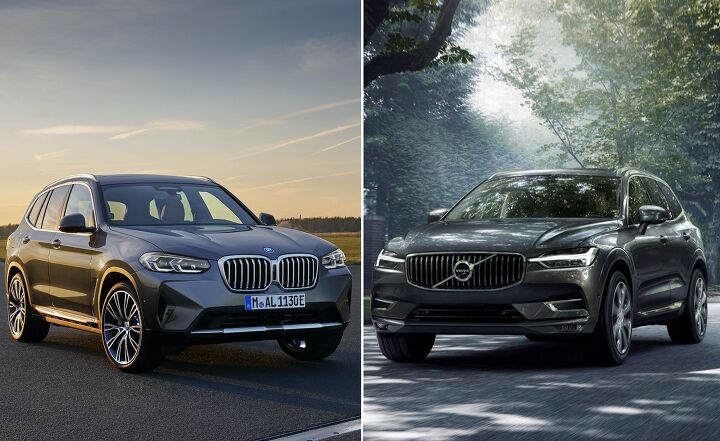
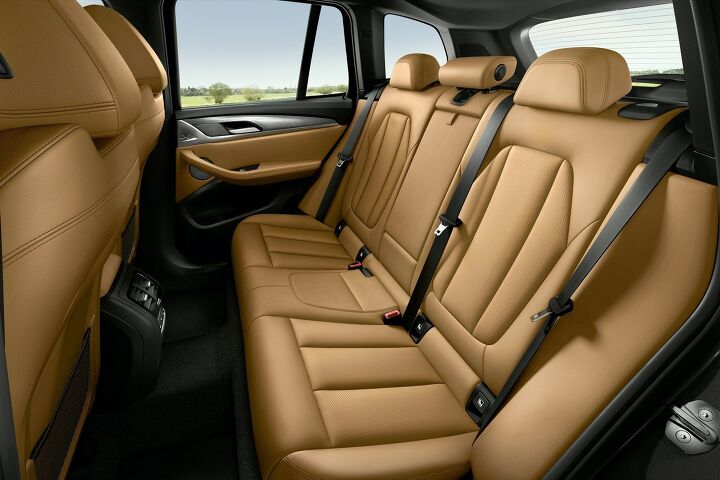
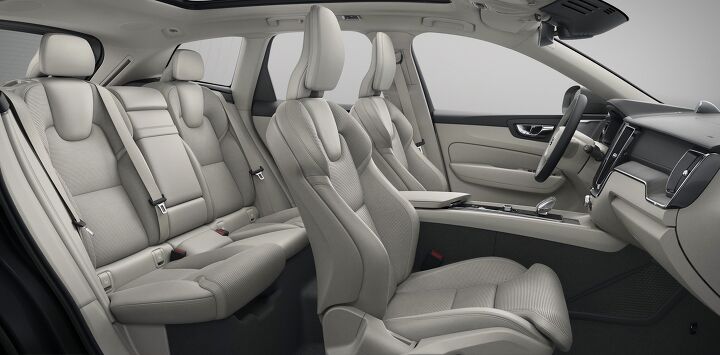












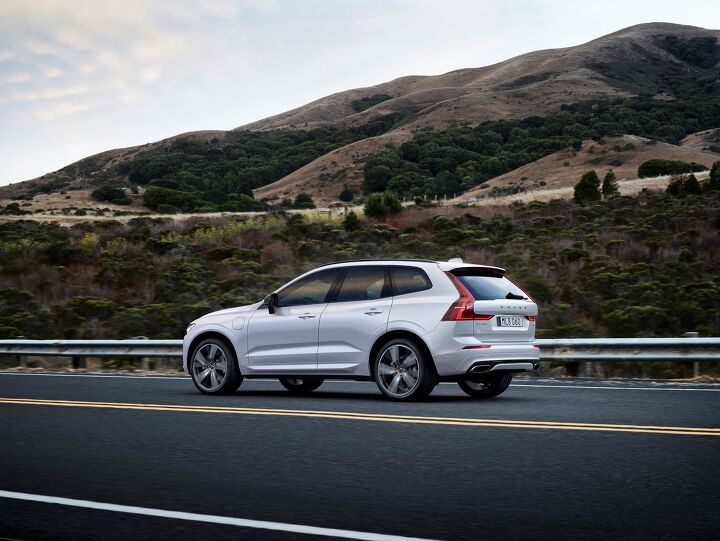















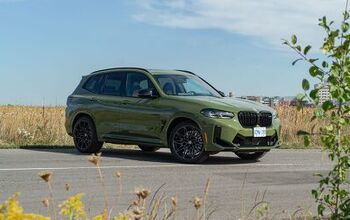




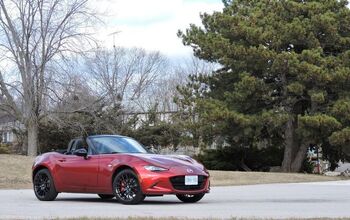

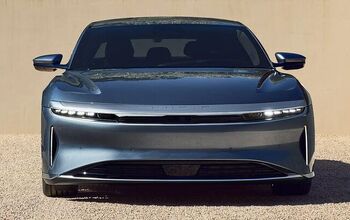
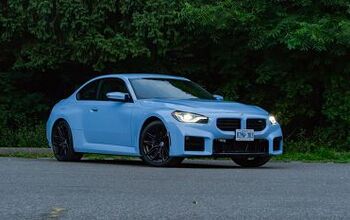




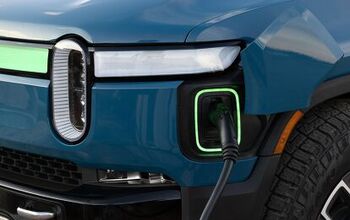
Comments
Join the conversation